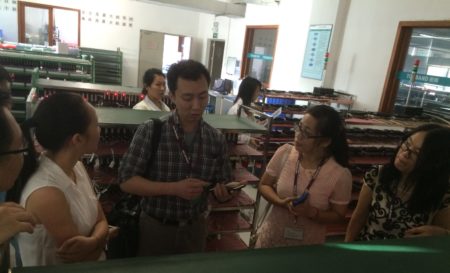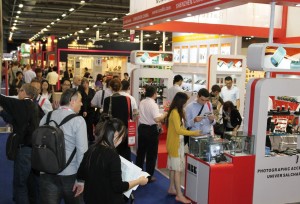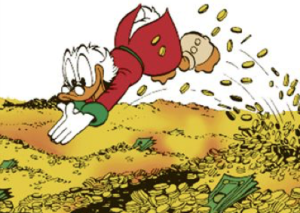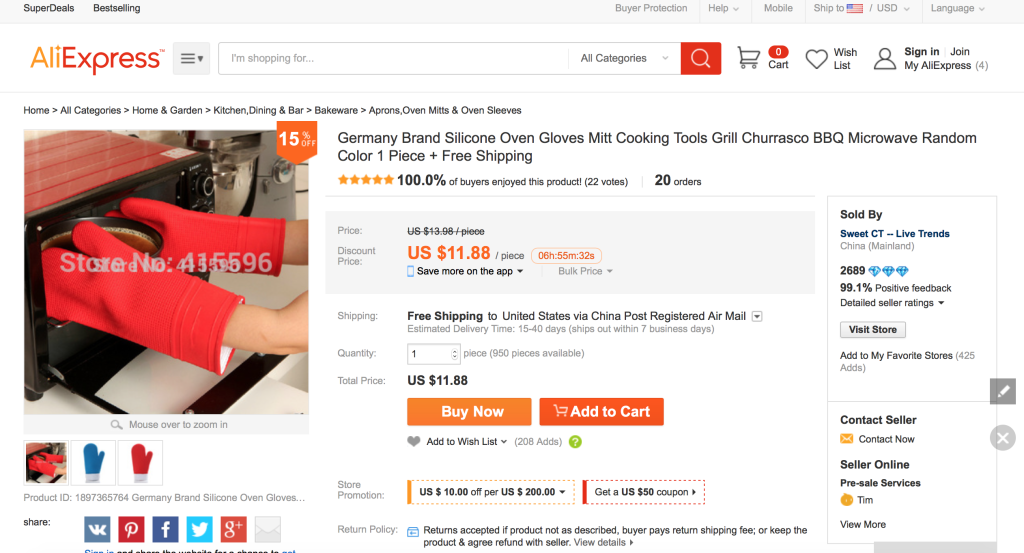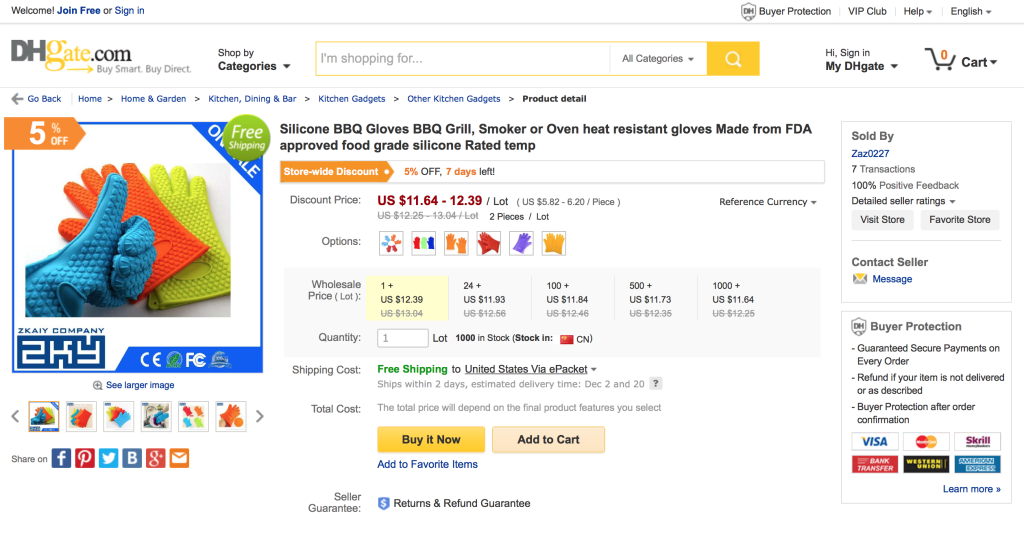How can you tell a Chinese factory from a trading company? Often times when sourcing for a product from China using Alibaba, you’re not sure if the supplier is a middleman or a manufacturer. For example one of my readers had this question:
“We have found a product and ready to place a order. But before that, we are dealing with a supplier and we are not sure if the supplier is just a “Trading Company” or a manufacturer. The price she quoted seems to be higher and she keeps on increasing the price for a smaller change or any question with the product. We want to keep this product for the long run if the sales goes good. So, we are looking for a supplier for the long run and with the best price. Please provide your suggestions and what things to be considered.. I am looking for the manufacturer. Thank you, -N.”
Before we dive in, first let’s look at why people prefer to work with factories over trading companies? Here’s are some advantages of working with a factory:
- Lower prices – You cut out the middleman by going direct to the source
- Transparency – you are dealing with the factory directly. In cases of any problems you know where to find them. Factories tend (though not always) not to disappear overnight.
- Guanxi – You are building a relationship with the factory and their boss, ideally. Over time this trust leads to more cooperation, lower prices, better terms, and other intangibles that help to grow a business relationship.
Note there are benefits to working with a trading company if you’re able to find a trustworthy one. Potential benefits of working with a trading company include:
- Saving time – they can handle the sourcing process for you
- Find suppliers that you cannot locate yourself – Alibaba is not a complete listing of all suppliers. Many factories in fact do not have export licenses meaning that they cannot export products by themselves. They need someone (usually a trading company) with the proper export license to do it for them.
- Better communications and better English – Trading companies typically are more polished than factories. They may have better presentations of their products and better English skills since they are focusing on the sales side (rather than the manufacturing).
Here are four quick ways to tell a factory from a trading company without flying to China.
-
Ask them
Sounds obvious but most times when I ask the question are you a factory or a trading company, trading companies will reveal their true identifies.
Red flags – If they give you a wishy-washy answer like we have a “partner factory” that likely means that they are a middleman. Real manufacturers have their own factories.
-
Common thread test
By checking a supplier’s product line, you can get a good sense whether they are a manufacturer or middleman. Factories will typically have a common thread through their entire product line. For example they may specialize in silicon rubber products. So a factory will likely have silicon gloves, silicon baking sheets, and silicon measuring cups. It makes sense because their entire production line and supply chain is configured to specialize in this one material. They have “depth” in the product selection using this material.
On the other hand, if a supplier offers iPhone cases, selfie sticks, and USB Power banks, it’s likely they are a middleman. Why? Because there’s no way one factory can manufacture such a broad line of products. The middleman is picking and choosing hot sellers from different factories and putting them on Alibaba.
-
Ask technical questions
I find that asking technical questions will reveal a lot about the supplier. If they can answer them then this builds confidence. If however they don’t know answers to simple questions that is a red flag.
RED FLAG: In one case when I was sourcing iPhone charging cases, one of my team members found a supplier on Alibaba that offered cases similar to one of the leading competitors. We contacted them and setup a visit. Once we met I asked the nice ladies about the charging life and they couldn’t even provide the most basic answers about charging times and battery life. Upon further questioning, they admitted that they were a trading company.
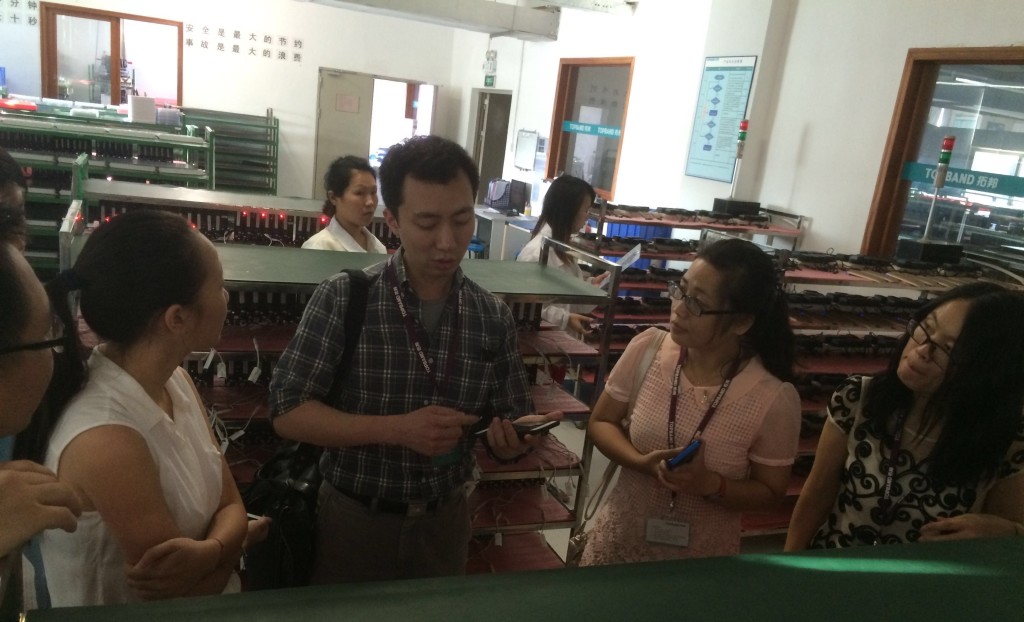
Ask technical questions to find the TRUTH: Factory or Middlemen -
Ask to visit their factory
If the supplier is truly a factory interested in doing business with you they would gladly welcome your visit. In my years of sourcing, I’ve never been turned away about a legitimate factory that’s interested in doing business with us. They have nothing to lose and everything to gain by hosting you.
However, if they seem evasive about the factory or if they make an excuse that the factory is very far away then this hints that they are a trading company, probably with something to hide. In other words they don’t want to reveal the true identify of the factory to you, which is not a trustworthy way of doing business.
In summary remember the 80/20 Rule. These four methods will let you quickly identify about 80% of the middlemen found on Alibaba. And you can do this without visiting China.
What’s your #1 challenge when it comes to finding direct manufacturers versus middle men? Or do you prefer to work with sourcing agents? Hit reply and let me know!
